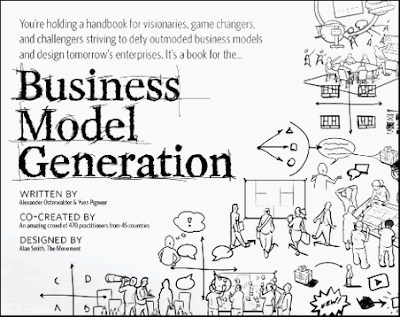Social media are a powerful
communication tool, only if used as part of a broader strategy
focusing on your culture and your people.
From the Checklist Mentality to the Conversation Company
At the end of 2012, who doesn't know
that social media are a must for every company that is serious about
its communication?
Many company leaders create a Facebook
page, a Twitter account and a mobile app, and think they are done.
That's what Van Belleghem calls the “checklist mentality”.
It's useless.
Social media are just a place, among
others, to manage conversations.
Managing conversations is about much
more than a good old marketing campaign with a Facebook logo on it.
It means:
- Paying attention to what people say online about your brand and responding in a positive and appropriate manner.
- Uncovering your unused conversation potential: what do you do to help your very satisfied customers spread the word?
- Building a conversation-worthy experience at every phase of the purchase process.
- Innovating in the use of a wide range of media: this includes your monthly invoices and out-of-office messages.
- Using conversations with the customer to nurture every step of your production process, starting with R&D.
- Transforming your employees into ambassadors: they are probably proud of your company (if they aren't, you've got a serious HR problem...).
Culture, People and Social Media
Van Belleghem also explains that
your corporate culture, including its core values, will determine
the content and the style of your conversations.
And only your employees can make your
culture tangible.
An authentic culture, a strong and
positive identity: here's the link between internal and external
communication, with social media as a powerful lever.
In another book, somewhat more
academic, Graeme MARTIN and Susan HETRICK also emphasized the need
for consistency between brand reputation and corporate identity. (See
my November 2011 post about “Corporate
Reputations, Branding and People Management“).
Steven's strong data
As a Managing Partner at InSitesConsulting, an online market research agency, Van Belleghem was in a
position to conduct serious research supporting the book, including:
- The analysis of one million conversations on Twitter and Facebook fan pages
- Two quantitative surveys
- 25 in-depth interviews with company leaders
The book includes several case studies
in every chapter and ends with a practical guide titled “How to
Become a Conversation Company in Three Easy Steps”.
What's in It for HR?
I was personally planning an important
recruitment campaign while reading the book. (I'm hiring 100 nurses).
It gave me several new ideas and helped me find how to enlist my own
employees as ambassadors for this campaign.
You'll also find the book useful if you
are writing your organization's social media policy, or trying to
convince your CEO to open her mind about social media in the
workplace.
The book also illustrates very
convincingly how HR is gradually blending with Marketing and
Corporate Culture.
Book Data
Some months ago, HR Consultancy SD Worx invited me to an event in Brussels. I took a boat to a little island in the middle of a park. A bunch of white geese greeted me on arrival, scaring my little HR self. I wondered if I was at the right place. Then, Steven Van Belleghem took the microphone and made his point about the Conversation Company, and everything started to make sense in my little HR brain...- The Conversation Company - Boost Your Business Through Culture, People & Social Media
- By Steven Van Belleghem (Follow Steven on Twitter: @StevenVBe)
- Kogan Page
- 250 pages
- Available on Amazon.com: The Conversation Company: Boost Your Business Through Culture, People and Social Media
;












